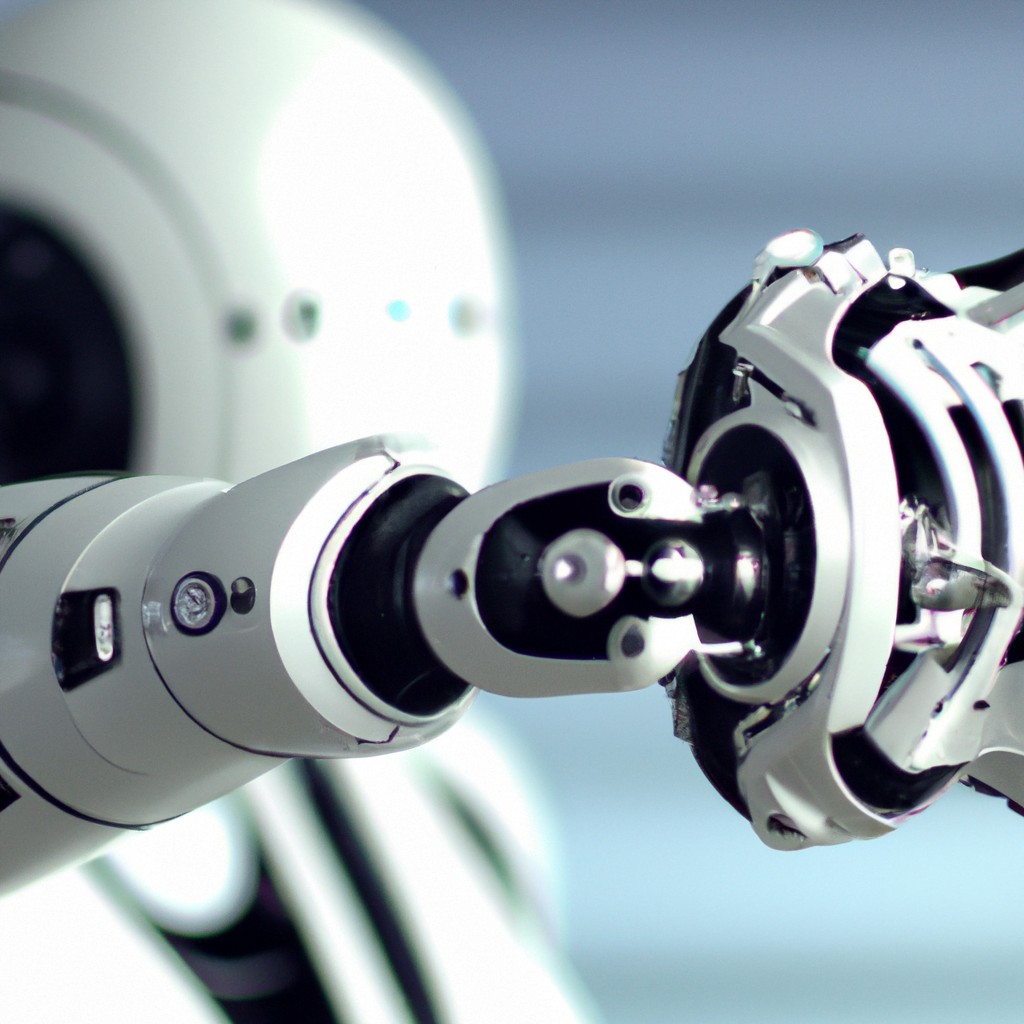AI already changing mathematics
AI is already changing mathematics by helping mathematicians formulate new theories and solve difficult problems. However, it is expected to have an even greater impact on the field. One area of interest is how AI can assist with verifying human-written work or suggesting new ways to solve tough problems. The use of AI may go beyond mere calculation and change the way mathematicians work.

The type of automation tools that will be most useful is a matter of debate. Symbolic AI, which involves embedding rules of logic or calculation into code, and machine learning, which involves the computer learning patterns by digesting large amounts of data, are two major approaches. The success of machine learning in the past decade has led to its increased use in mathematics.
AI has already been successful in helping to prove theorems using a system called Lean, which requires researchers to write out each logical step of a problem and ensures that the maths is correct. Proof assistants, like Lean, could change how mathematicians work together by eliminating the trust bottleneck.
In the long term, AI might be able to conduct mathematical research independently by producing correct mathematical statements and proofs. However, some researchers worry that most of those would be uninteresting or impossible to understand. Gowers has suggested that computers will need to learn objective criteria for mathematical relevance, such as whether a small statement can embody many special cases or even form a bridge between different subfields of maths. If they can do that, the future of humans in the field looks uncertain.

While the use of AI in mathematics is expected to grow, mathematicians are unlikely to be replaced by machines anytime soon. A major shortcoming of AI is its inability to extract abstract concepts from concrete information. Therefore, mathematicians will still be needed to come up with interesting mathematical abstractions that give rise to the theorems in the first place.






